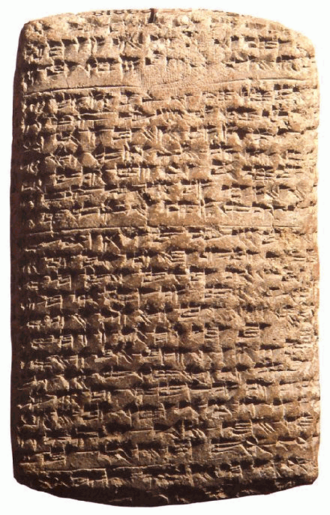A standing stone, to commemorate a covenant and a set of clay tablets are sufficient proofs to reset the academic bias that has altered our understanding of Biblical history for the past 200 years. The bias was perpetrated by early French, German and British archaeologists that established the now broadly accepted views of Egyptian Pharaonic chronology. Their dating clashed with Biblical dating, by around 1-200 years, leading many to support the claim that the Bible was loosely constructed by 4 authors and its dates lacked credibility. These academics opposed the traditional Jewish view that the Bible is the word of God as transcribed by Moses. Now, we have proof to discredit their biased claims and restore the Bible to its rightful place.
In 2010 excavations at the City of David on Jerusalem's Mount Moriah began to reveal the hidden rooms of a stone temple that baffled everyone. It took another 12 years before a carbon dating study by Weismann Institute and Cambridge University firmly established the date the water channel for the facility was built. The water channel flushed water onto the floors of 2 of the 4 main rooms that were carved out of bedrock. These rooms constitute a temple complex, which we have called Temple Zero because it proceeds the First Temple built by Solomon by at least 600 years.
According to Biblical chronology, Jacob left his parents for their ancestral home in Harran (Syria-Turkey border) where he was sent to find a wife and build a family. Commentators calculate he first spent 14 years learning with Noah's great, great grandson Ever. Before making his final departure he encountered the place of his famous stairway to heaven dream, the place he would name, Beit El, in 2185 (Since Creation) or 1576 BCE (CODEX JUDAICA) (Genesis 28:11).
The second refutation takes place after Israel's long exile and journey, back from Egypt, that took them away for 250 years. Joshua led Israel in numerous battles to conquer settle Israel's tribes in their allotted portions of land. Joshua ruled 32 years in the land.
The Amarna letters span Egyptian Pharaoh's Amenhotep III, Akhenaten, through possibly Smenkhkare or Tutankhamun around 150 years. At least letter #254 must have been written during the overlap of Amenhotep III and Joshua's 32 year reign, which according to the Biblical record ended in 1245 BCE. But, the 100 year gap between Amenhotep III and Joshua would need resolution. Known as The Labaya tablet, #254 and others reference Pharaoh in his 32nd year of reign leaving only Amenhotep III who held power for 36-38 years during the Amarna period. According to the classic chronology Amenhotep III died in 1351 BCE.






